Kunlé Adeyemi’s water cities and visions of future living at Het Nieuwe Instituut
‘Water Cities Rotterdam. By Kunlé Adeyemi’ opens at Het Nieuwe Instituut in The Netherlands, offering visions of future living
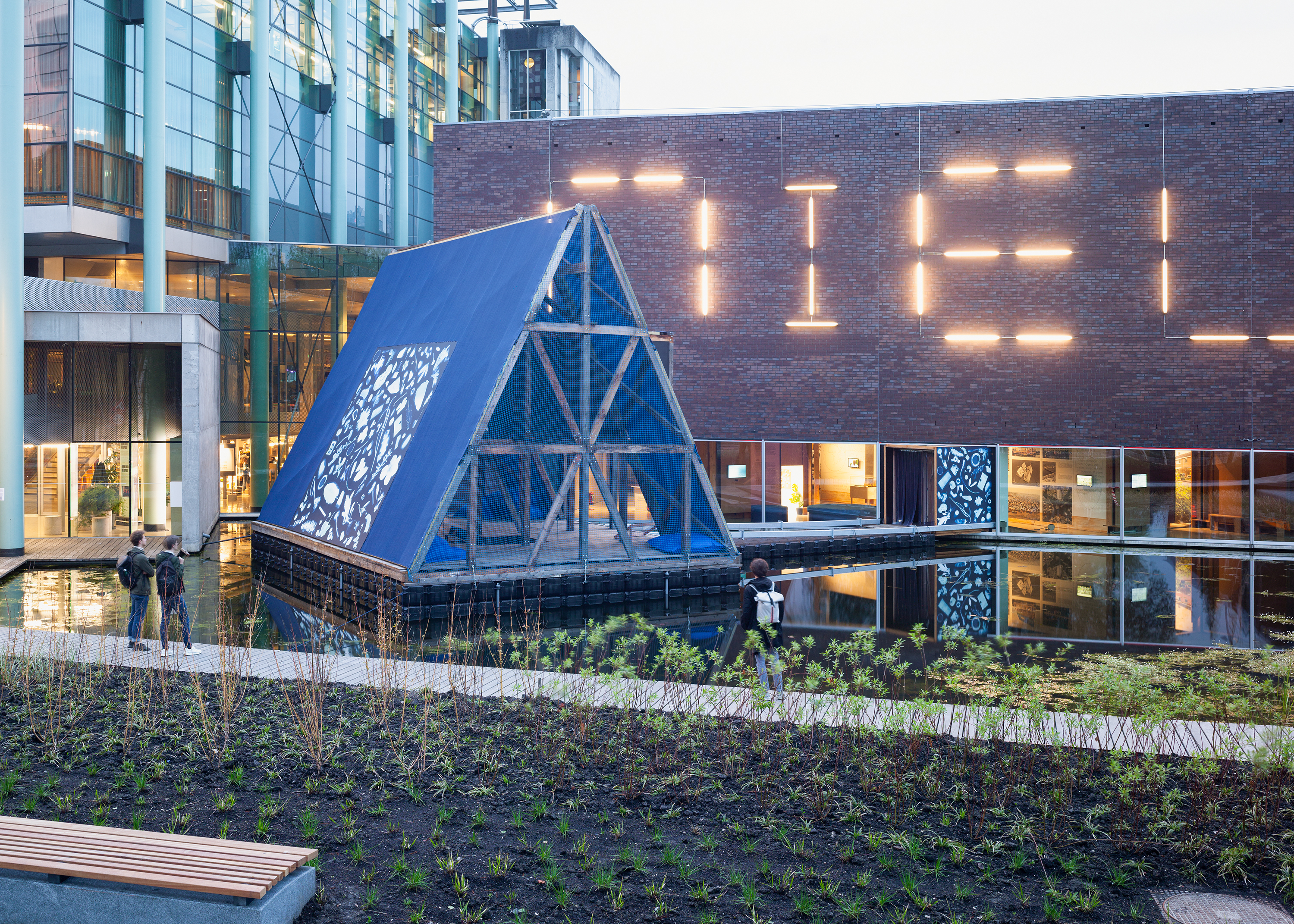
Kunlé Adeyemi’s fascination with water cities goes back years. The Amsterdam-based Nigerian architect conceived his now-famous Makoko Floating School in Lagos, Nigeria, in 2011, and similar ideas have been in development throughout his career as an architect. Now, his research and concepts around floating structures and living on water are coming to Rotterdam, as Het Nieuwe Instituut has just launched its annual installation under the leadership of its creative and artistic director Arik Chen – welcome to ‘Water Cities Rotterdam. By Kunlé Adeyemi’.

Water cities and alternative urban futures
Adeyemi's ideas about alternative urban futures, city growth and different ways of living can be found as early as an essay he published in 2007 in the journal Log, entitled 'Urban Crawl'. Makoko Floating School followed, its construction completed in 2012. More floating models after that included one at the Venice Architecture Biennale in 2016, one in Bruges, and one in Chengdu, both in 2018. Adeyemi’s Floating Music Hub in Cape Verde won Best Music Venue at the 2021 Wallpaper* Design Awards, and opened to the public the same year.
All the projects used the architect's Makoko Floating System (MFS), a prefabricated, modular, A-frame, sustainable timber structure that offers alternatives for living on water – something, Adeyemi points out, many cultures already do, in many parts of the world.
'Every time I do an incarnation of it, the thinking evolves,' Adeyemi says. 'I am always developing it and trying to understand its challenges and functions, developing new solutions and technologies on how to live and build on water. This is just one of many building typologies that are part of the ecosystem of what we call water cities – in Africa, but also as a wider concept around the world.'

‘Water Cities Rotterdam. By Kunlé Adeyemi’
For 'Water Cities Rotterdam. By Kunlé Adeyemi', Chen invited the architect to take charge of the Het Nieuwe Instituut's annual summer installation. They discussed it and decided to offer the public a chance to experience his proposals and floating models – building one on the pond outside the institute, which the public can board and visit.
The structure used is in fact the 2016 Venice one, adding an element of sustainable architecture and circularity to the project. 'I realised that I had the original Venice installation in storage, so we upcycled that for this installation. We tweaked it a little, as it was too tall, but it's the same one,' Adeyemi says.
The evolution here is that the architect worked with specialists on marine life, and added underwater cameras to observe how the wildlife behaves around the structure. 'We wanted to use it to observe underwater life through the project, to see the impact. We haven't done this intentionally before, although we have examined things casually in the past. Now we are installing cameras and observing and reversing the gaze, to see what it looks like and see what the underwater life sees. There will also be a projection, where visitors can adopt the same view,' the architect explains.
Receive our daily digest of inspiration, escapism and design stories from around the world direct to your inbox.

Adeyemi hopes that through this creative display, awareness will be raised and people will feel more open to exploring living alongside water. 'I think it’s not only a valid path to take [to expand cities on the water] but it is also an inevitable [one],' he stresses. 'It will suddenly be the only way, because of sea level rises and the increase in water flooding all around the world. It’s alarming and cities and communities have to adapt. You either retreat from water, and try to fight it, [or] another way is to learn to live with it. Many communities have done it around the world in the past already –especially in Asia and Africa.'
African Water Cities, a book expanding on these themes, will be released in June 2023, while the display at Het Nieuwe Instituut will include collaborations with artist Thijs de Zeeuw and graphic artists Opperclaes.
Ellie Stathaki is the Architecture & Environment Director at Wallpaper*. She trained as an architect at the Aristotle University of Thessaloniki in Greece and studied architectural history at the Bartlett in London. Now an established journalist, she has been a member of the Wallpaper* team since 2006, visiting buildings across the globe and interviewing leading architects such as Tadao Ando and Rem Koolhaas. Ellie has also taken part in judging panels, moderated events, curated shows and contributed in books, such as The Contemporary House (Thames & Hudson, 2018), Glenn Sestig Architecture Diary (2020) and House London (2022).
-
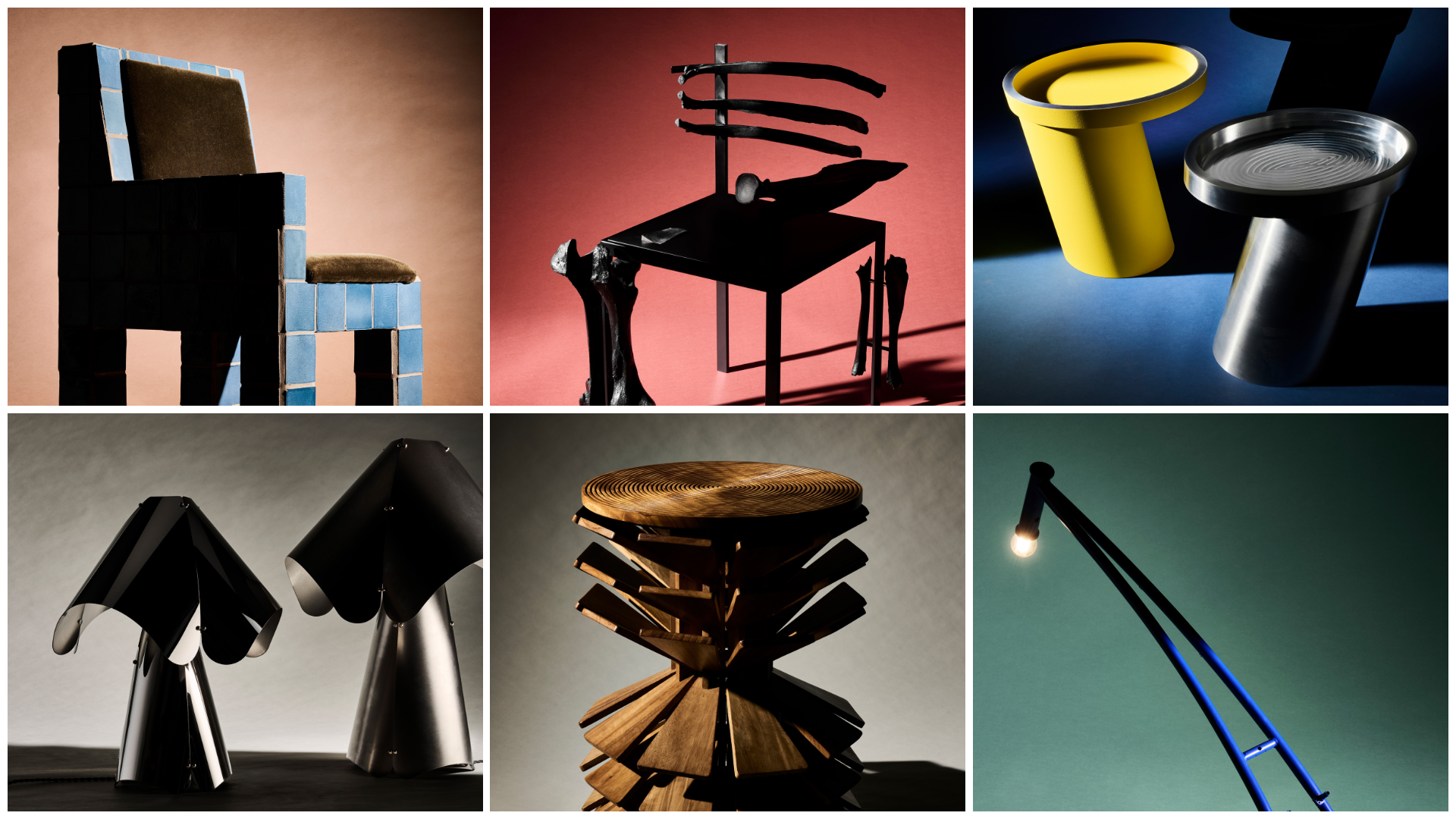 These are the 12 emerging designers we are excited to follow into 2026
These are the 12 emerging designers we are excited to follow into 2026These are the designers to watch for 2026: from unpredictable glassmakers to furniture designers working with bones, textile artists exploring ancient techniques and makers giving new life to mundane tools
-
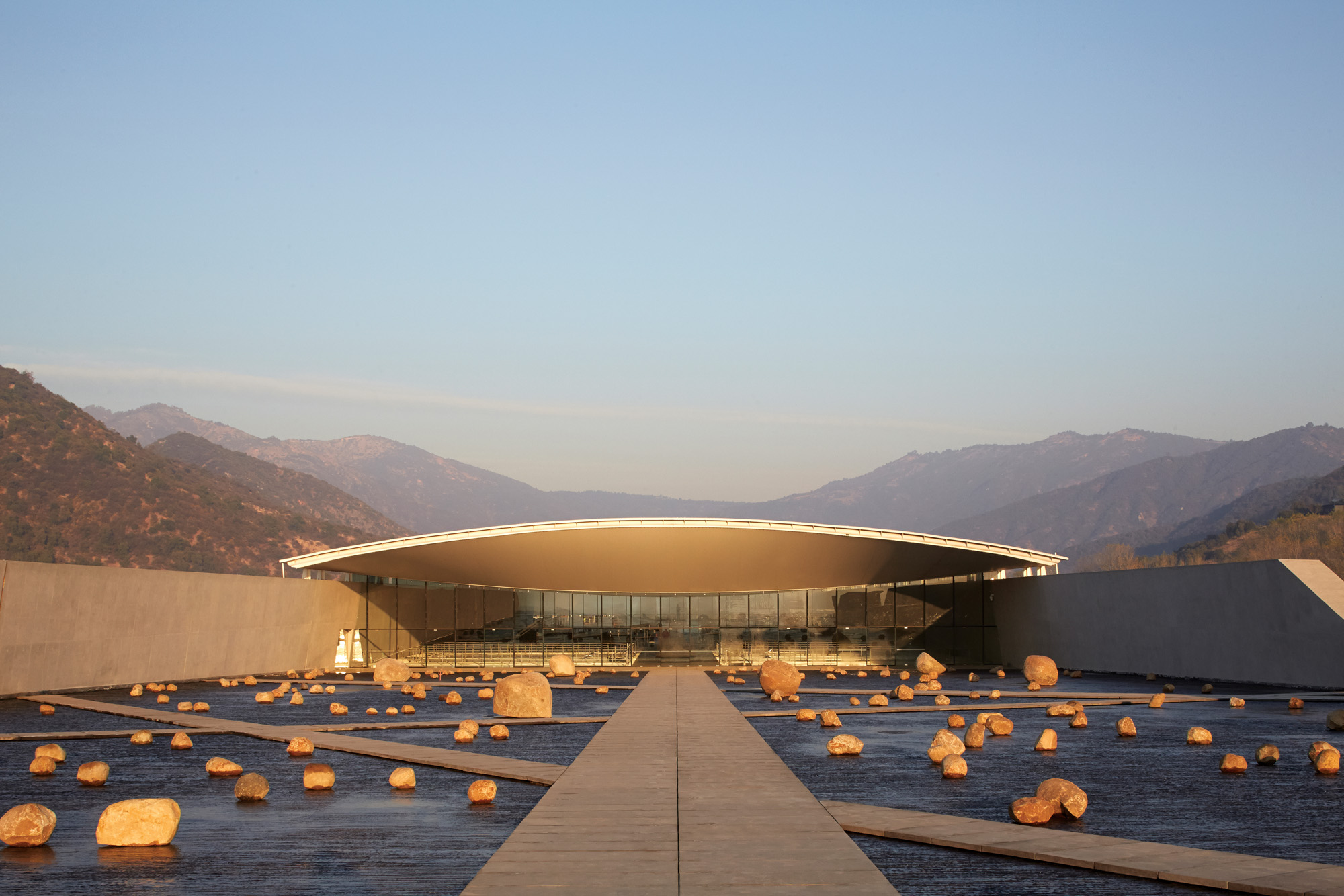 Traditional methods underpin Smiljan Radic's designs: 'I am not a creator of new shapes'
Traditional methods underpin Smiljan Radic's designs: 'I am not a creator of new shapes'Smiljan Radic is building a reputation with fabric roofs, fake ruins and a supporting cast of boulders; we visit a story from the Wallpaper* archives, exploring the architect's work, from a Chilean winery to London’s 2014 Serpentine Pavilion
-
 Winston Branch searches for colour and light in large-scale artworks in London
Winston Branch searches for colour and light in large-scale artworks in LondonWinston Branch returns to his roots in 'Out of the Calabash' at Goodman Gallery, London ,
-
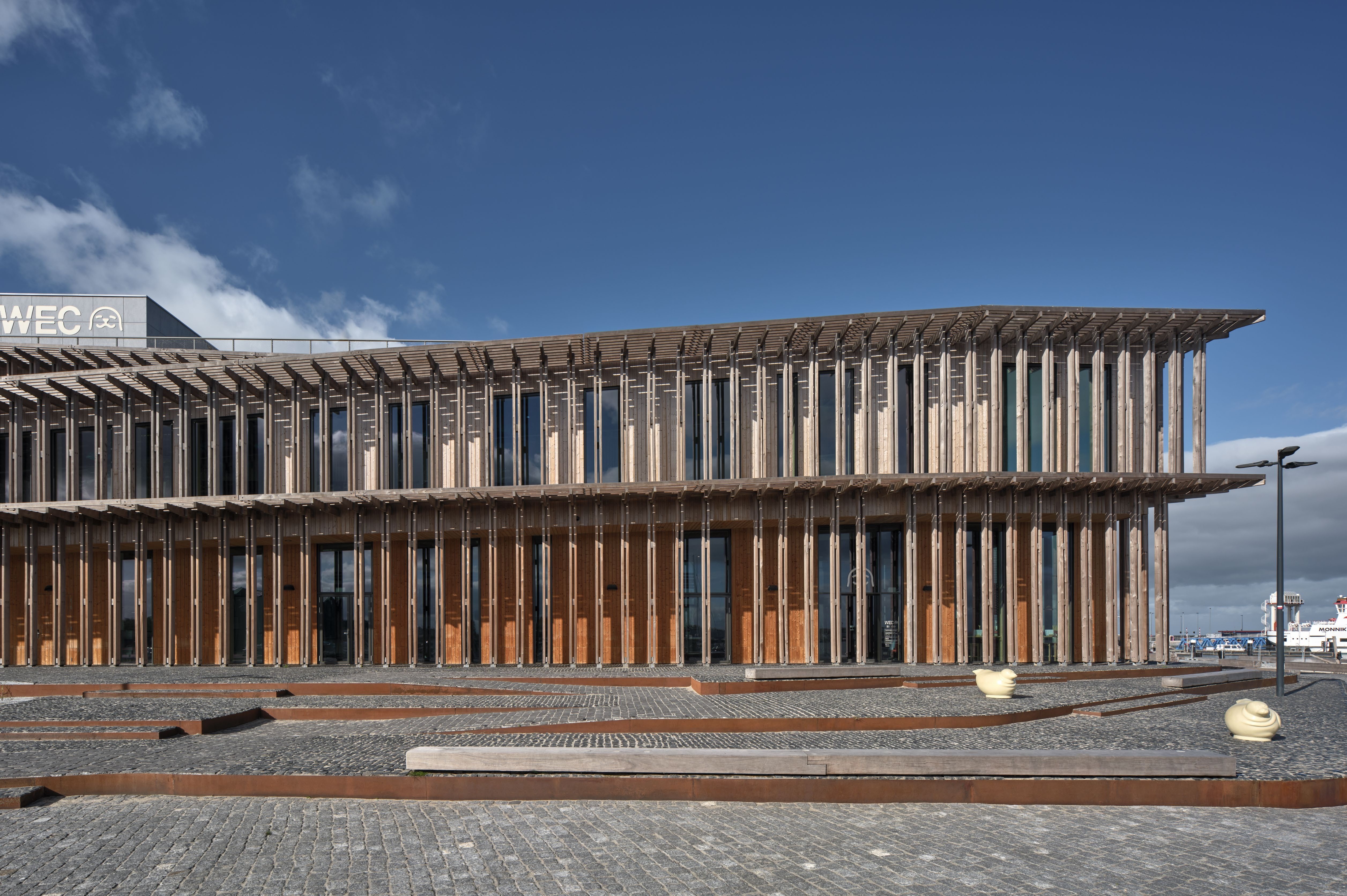 A Dutch visitor centre echoes the ‘rising and turning’ of the Wadden Sea
A Dutch visitor centre echoes the ‘rising and turning’ of the Wadden SeaThe second instalment in Dorte Mandrup’s Wadden Sea trilogy, this visitor centre and scientific hub draws inspiration from the endless cycle of the tide
-
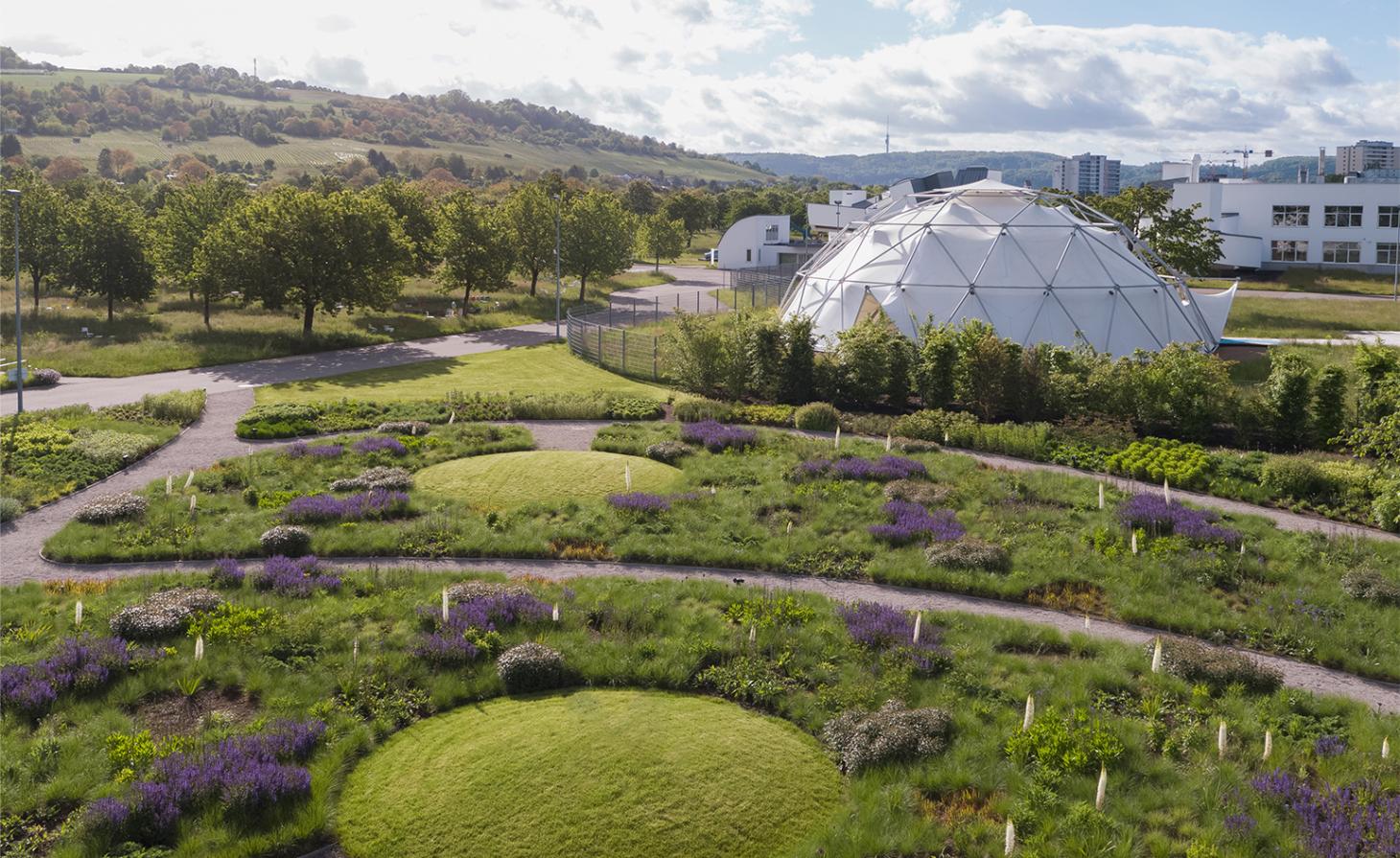 Piet Oudolf is the world’s meadow-garden master: tour his most soul-soothing outdoor spaces
Piet Oudolf is the world’s meadow-garden master: tour his most soul-soothing outdoor spacesPiet Oudolf is one of the most impactful contemporary masters of landscape and garden design; explore our ultimate guide to his work
-
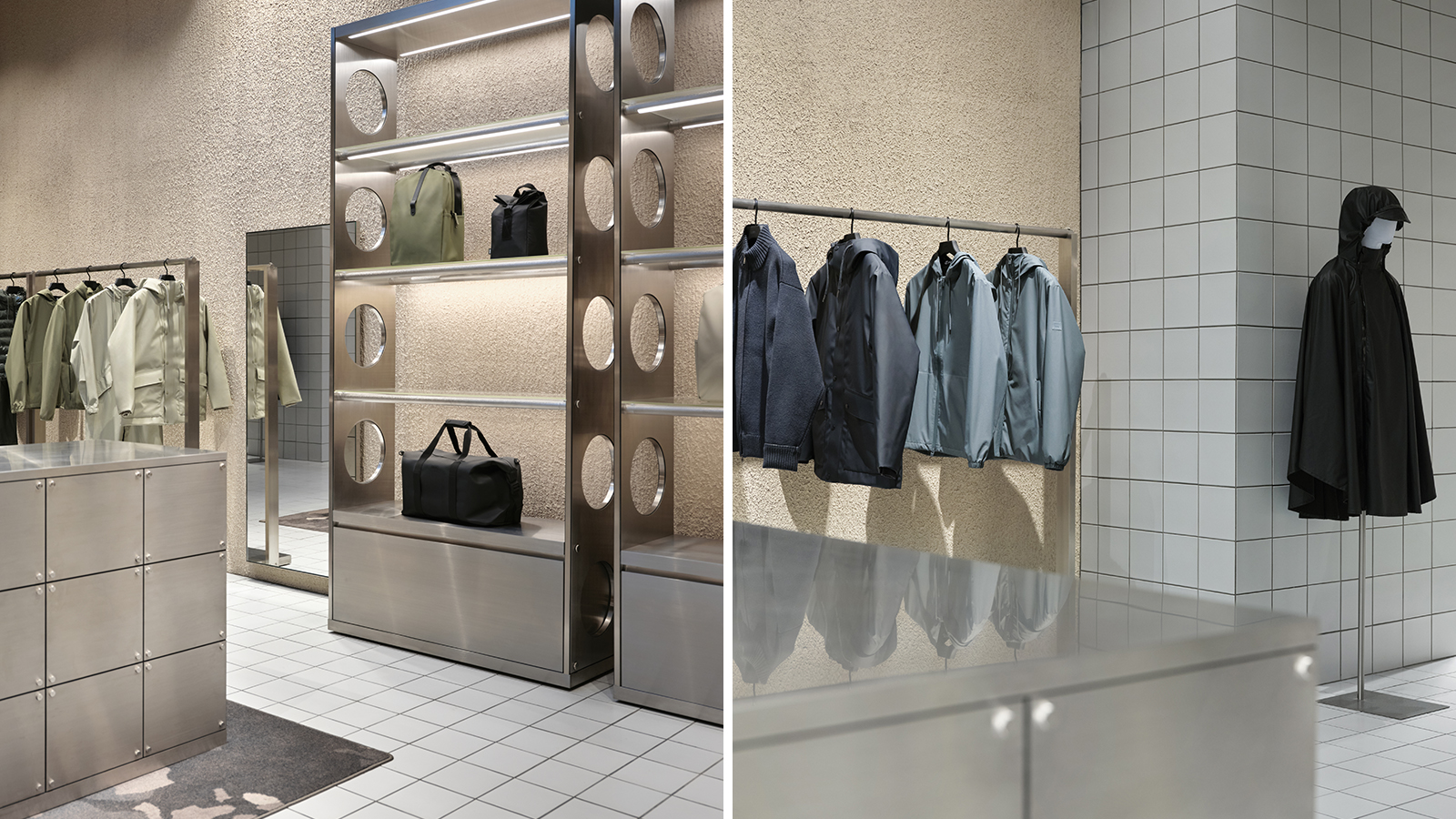 Rains Amsterdam is slick and cocooning – a ‘store of the future’
Rains Amsterdam is slick and cocooning – a ‘store of the future’Danish lifestyle brand Rains opens its first Amsterdam flagship, marking its refined approach with a fresh flagship interior designed by Stamuli
-
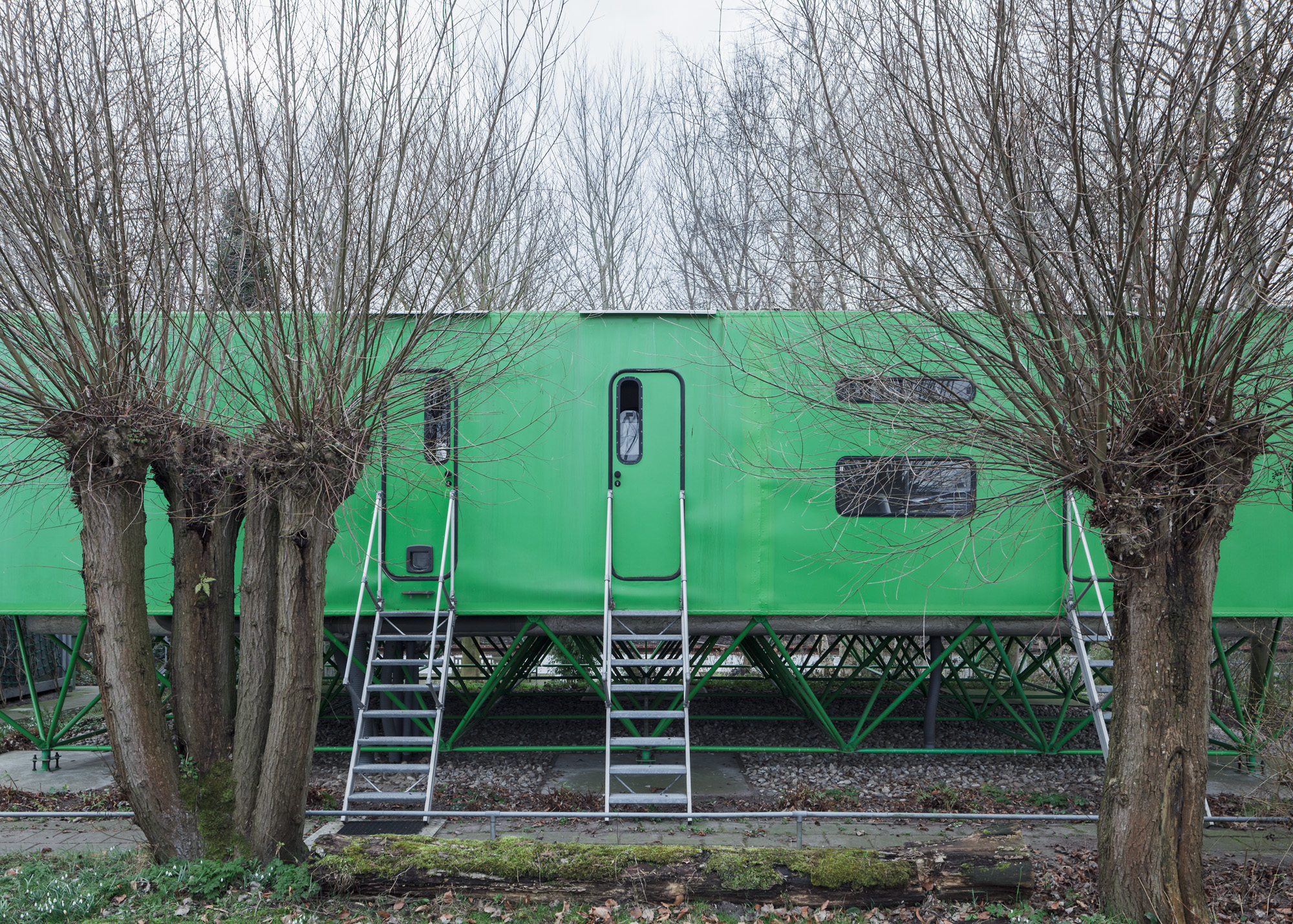 Flat-out brilliance: three Dutch houses that celebrate the horizontal
Flat-out brilliance: three Dutch houses that celebrate the horizontalThese three Dutch houses, built between the 1980s and the 2020s, blend seamlessly into the flat landscapes of the low country
-
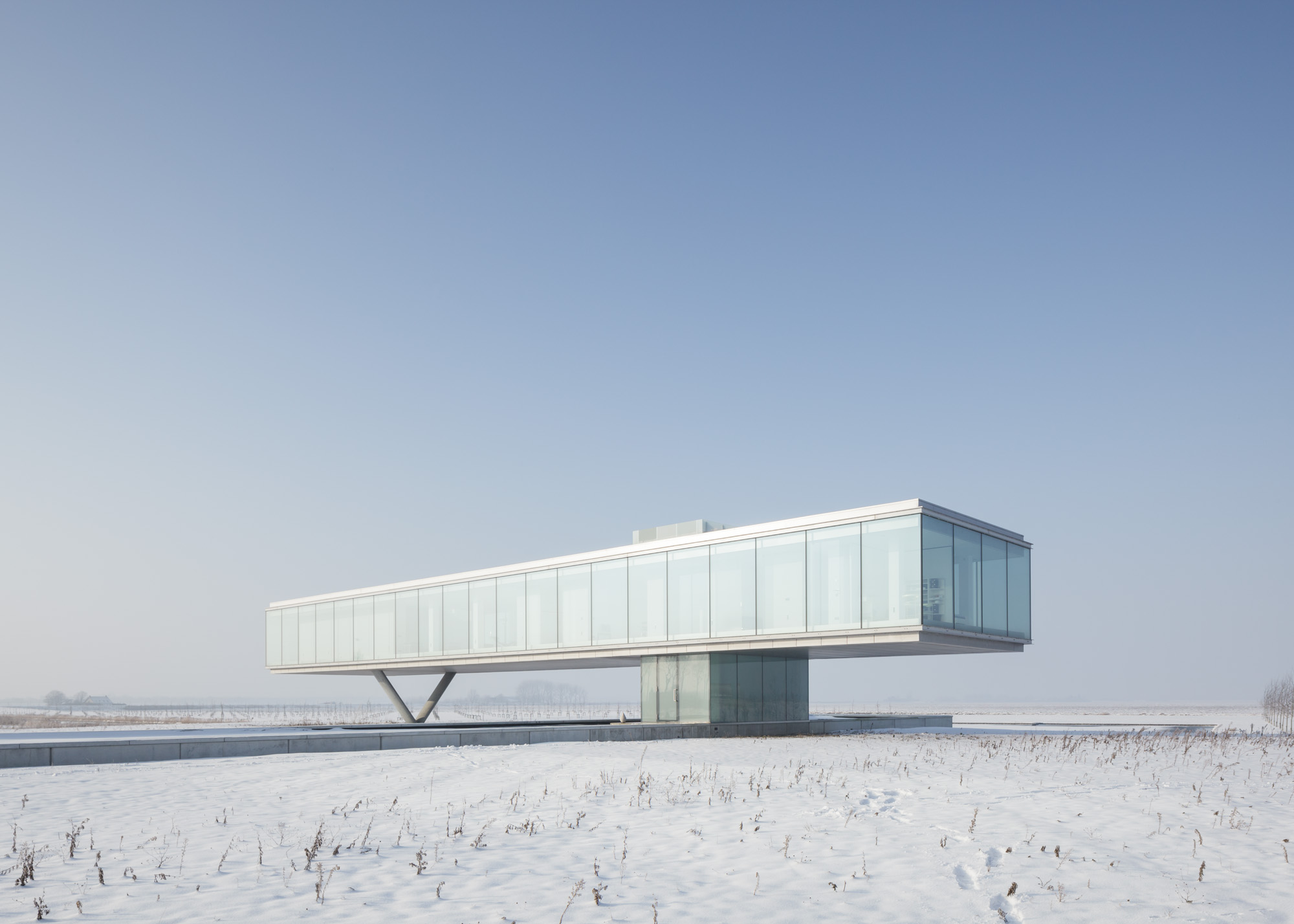 Explore a Dutch house which reframes brutalist architecture’s relationship with nature
Explore a Dutch house which reframes brutalist architecture’s relationship with natureA Dutch house by architect Paul de Ruiter is perfectly at one with the flatlands of the Netherlands; we dig into the Wallpaper* archive to revisit this unapologetic, sharp-angled streak across the landscape
-
 Discover a Jan Benthem-designed, 1980s High-Tech capsule house created in under a week
Discover a Jan Benthem-designed, 1980s High-Tech capsule house created in under a weekHow a small house by architect Jan Benthem in the Netherlands raised the stakes for High-Tech architecture and fuelled a self-build revolution; we dig into our archives for a Wallpaper* classic, first published in May 2014
-
 Ma Yansong's latest project is anchored by a gleaming stainless steel 'tornado'
Ma Yansong's latest project is anchored by a gleaming stainless steel 'tornado'The new Fenix museum in Rotterdam, devoted to migration, marks MAD's first European cultural project.
-
 Portlantis is a new Rotterdam visitor centre connecting guests with its rich maritime spirit
Portlantis is a new Rotterdam visitor centre connecting guests with its rich maritime spiritRotterdam visitor centre Portlantis is an immersive experience exploring the rich history of Europe’s largest port; we preview what the building has to offer and the story behind its playfully stacked design